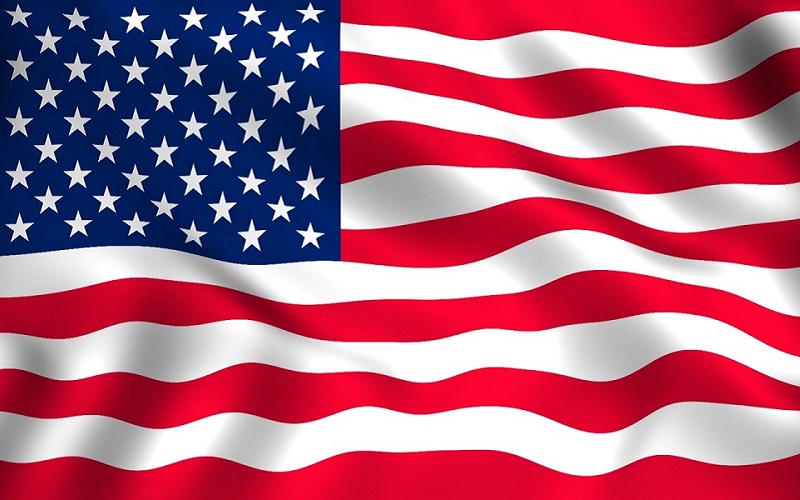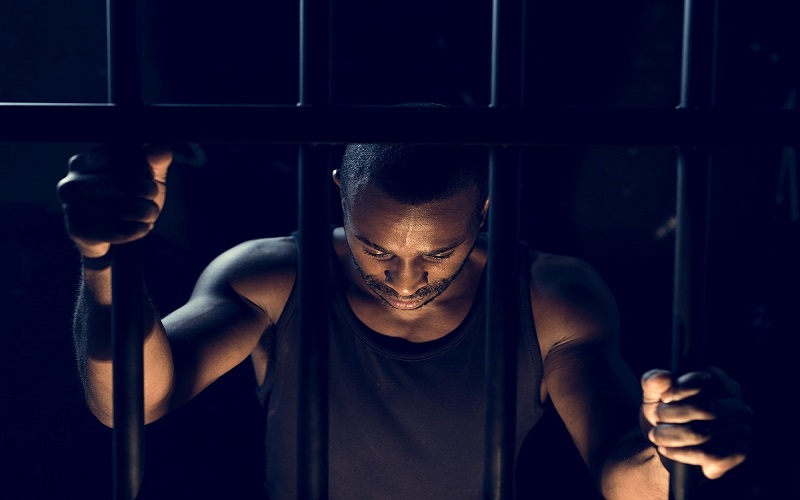Immigrants, the Mayflower, and Thanksgiving
Happy Thanksgiving everyone! Wishing you the best, most bountiful and, of course, thankful of days.
This is the time of year for grammar school plays about the Pilgrims and Native Americans and America. Since Thanksgiving became an official national holiday in 1863 (declared by Abraham Lincoln about the same time he was giving the Gettysburg Address) a certain tableau has been seared into the American psyche.
You can see it in hundreds of Victorian postcards, those school plays, and more than a few Norman Rockwell paintings. Those were all things that the immigrants who came to the United States since 1863 – and keep coming – have latched onto. No doubt about it, celebrating Thanksgiving brings immigrants closer to their chosen country. It’s a way of belonging. It’s a way of being part of history. Part of a culture. Part of a nation.
Through the years, though, the original Thanksgiving has been buried. Or obliterated. The picture: long table, Pilgrims in high hats on one side, Native Americans on the other, turkey dead center, all the side dishes, kids playing.
None of that aside the turkey, is remotely accurate.
Here’s a few facts. The Pilgrims were Puritans. Puritans were an offshoot sect of the Church of England. The Church of England was less than 100 years old when the Puritans sailed, but it was the sole accepted religion of one of the world’s superpowers. It was illegal to not be a member of the Church of England.
The Puritans did not leave England for America and New England. They left England for the relative religious freedom of the Netherlands first. They left Amsterdam for Plymouth only to keep right on going to the New World. They really wanted to settle near Manhattan, but stopped at the first deep water port they found on the Massachusetts coast line.
It was December when they landed at Plymouth, near Cape Cod. Native Americans in the area, most notably the Pokanokets under their leader Massasoit, helped them survive the winter.
The first Thanksgiving was more of a traditional English Harvest festival, not a ‘thanks for helping us’ get together with the Pokanokets. There was tons – perhaps literally – of food at the first Thanksgiving. Thousands of duck and geese had just migrated to the area, they were – forgive us – sitting ducks; hundreds if not thousands were killed for food. Fish were also teeming in the harbor. Wild turkeys were everywhere and while smart, fast, and hard to catch, were still a staple at the table.
Massasoit showed up with a hundred Pokanokets and five freshly killed deer. The Pokanokets outnumbered the Pilgrims two to one. According to Nathaniel Philbrick’s amazing Mayflower the festivities became an ‘overwhelmingly Native celebration.”
So, that first Thanksgiving. A group of refugees prosecuted by their government fled into exile and survived because of the generosity of people already there. One hundred and sixty-nine years later Massachusetts ratified the Constitution of the United States insuring the right of religious freedom for all it’s citizens.
Perfect.
Happy Thanksgiving!



